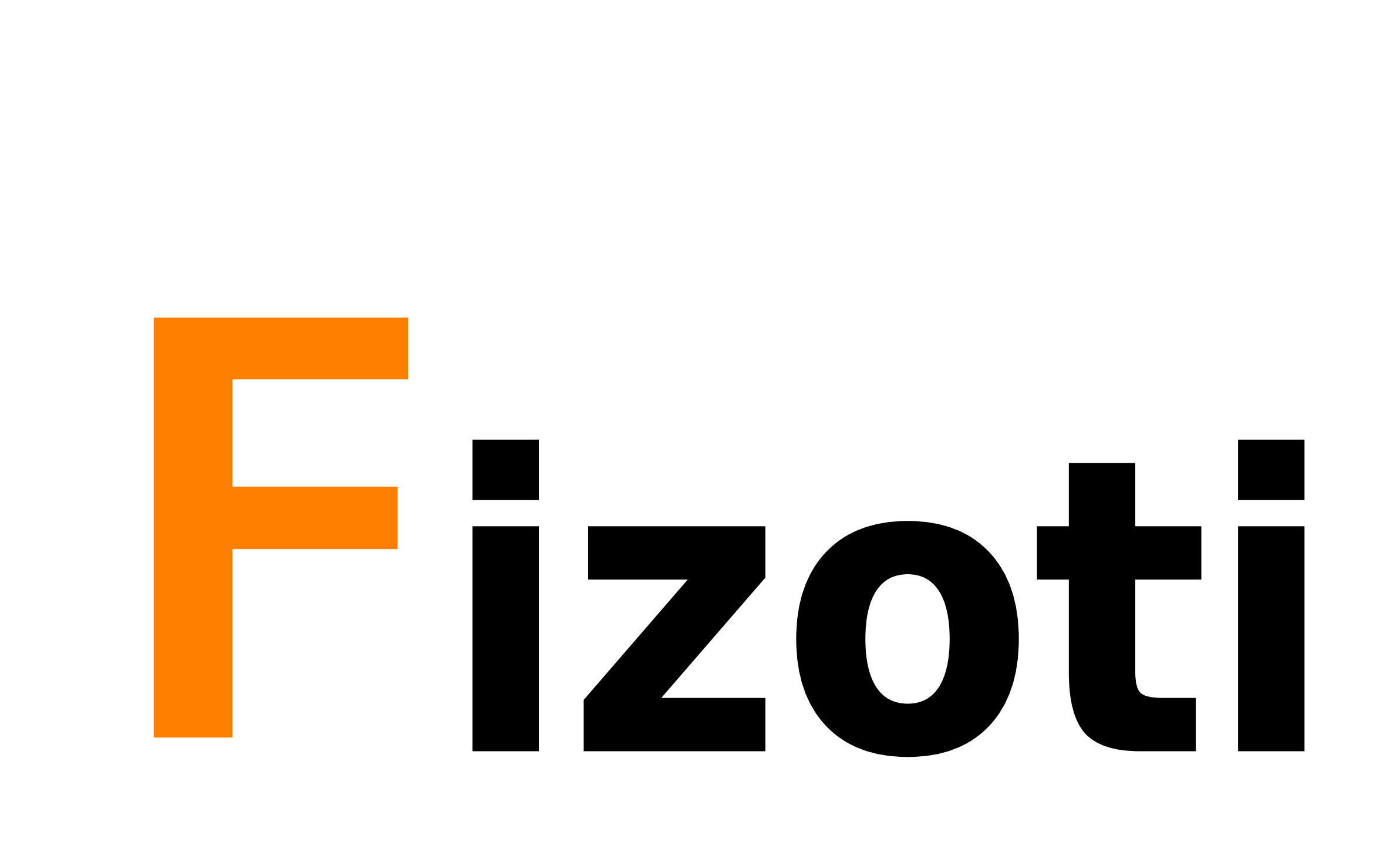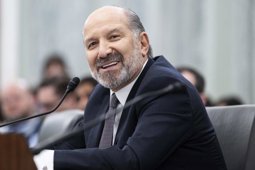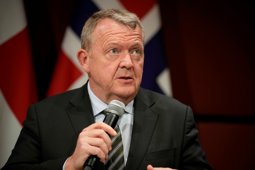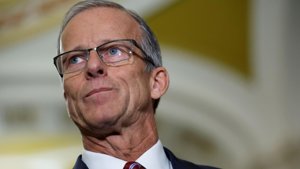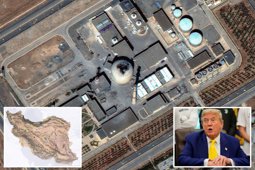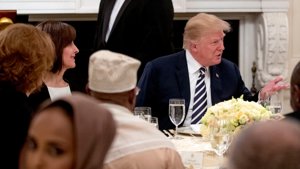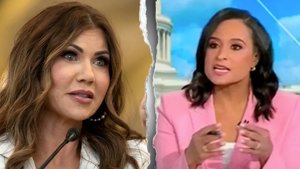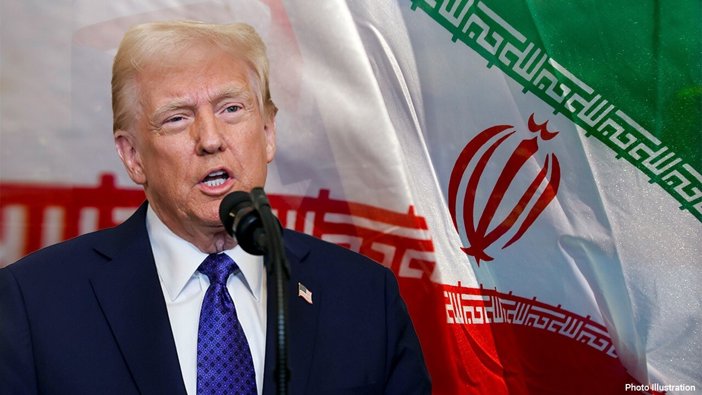
Trump Nears Iran Nuclear Deal in Mideast Talks
Trump says U.S. and Iran are nearing a nuclear agreement as tensions rise and diplomacy intensifies across the region.
Diplomatic Momentum Grows During Middle East Tour
President Donald Trump has stated that the United States and Iran are “getting close” to finalizing a nuclear deal, with both sides having “sort of” agreed on the framework. Speaking during a high-stakes tour across the Middle East, Trump presented diplomacy as the preferred path but issued sharp warnings should negotiations collapse. His remarks in Doha, Qatar, and later in Abu Dhabi, reflected increasing urgency in the effort to limit Iran’s nuclear capabilities.
In his address at the Gulf Cooperation Council summit in Riyadh, Trump declared his desire to make a deal with Tehran contingent upon key conditions: an end to Iran’s support for terrorism, proxy warfare, and its nuclear weapons ambitions. “They cannot have a nuclear weapon,” he said, adding that Iran must stop “sponsoring terror, halt its bloody proxy wars, and permanently and verifiably cease its pursuit of nuclear weapons.”
During his statements in the UAE, Trump used a signature phrase, saying there are “two steps — a very nice step and a violent step,” cautioning that if diplomacy fails, the consequences would include violence “people have never seen before.”
Iran’s Capabilities Raise Alarms
U.S. Secretary of State Marco Rubio reinforced the urgency of Trump’s stance by warning that Iran is on the brink of nuclear weapons capability. In an interview from Turkey, Rubio explained that Iran’s stockpile of 60% enriched uranium had surged from 182 kg to 275 kg within months in early 2025, a volume that the International Atomic Energy Agency labeled alarming. “Once you're at 60, you're 90% of the way there,” he said. “They are fairly close. Too close for comfort.”
Rubio confirmed that four rounds of direct negotiations between U.S. and Iranian officials had occurred in Oman since Trump returned to office. He stressed that the final decision rests with Iran’s supreme leader and hoped for a peaceful resolution. “I hope he chooses the path of peace and prosperity, not a destructive path,” Rubio said.
Meanwhile, reports indicate that Iran’s top advisor, Ali Shamkhani, has expressed willingness to reduce highly enriched uranium stockpiles, commit to civilian-level enrichment, and allow international oversight—if all sanctions are lifted immediately.
Geopolitical Tensions and Broader Implications
Beyond the Iran issue, Trump’s Middle East visit was marked by major trade and defense agreements with Saudi Arabia, Qatar, and the UAE totaling more than $2.5 trillion. While in Saudi Arabia, Trump signed a $600 billion strategic partnership agreement with Crown Prince Mohammed bin Salman, including massive defense and energy investments.
The president also announced the lifting of long-standing sanctions on Syria, citing the fall of the Assad regime and a desire to give Syria’s new leadership a chance to rebuild. “It gives them a good, strong chance. And it was my honor to do so,” he said in reference to his meeting with Syria’s new president, Ahmed Al-Sharaa.
Trump additionally commented on Gaza, calling for the U.S. to potentially take control and turn it into a “freedom zone.” His suggestion came amid continued hostilities and stalled peace talks involving Israel and Hamas.
Though critical of Iran’s support for Hezbollah and involvement in Syria, Trump insisted he doesn’t believe in “permanent enemies,” extending what he described as an opportunity for a “much better path” forward. Still, tensions remain as Iran has yet to issue an official response to the U.S. proposal.
As Trump returned to Washington, both U.S. and Iranian positions remain under intense international scrutiny. Whether diplomacy prevails or conflict looms depends on how swiftly each side acts—and what concessions they are willing to make.
